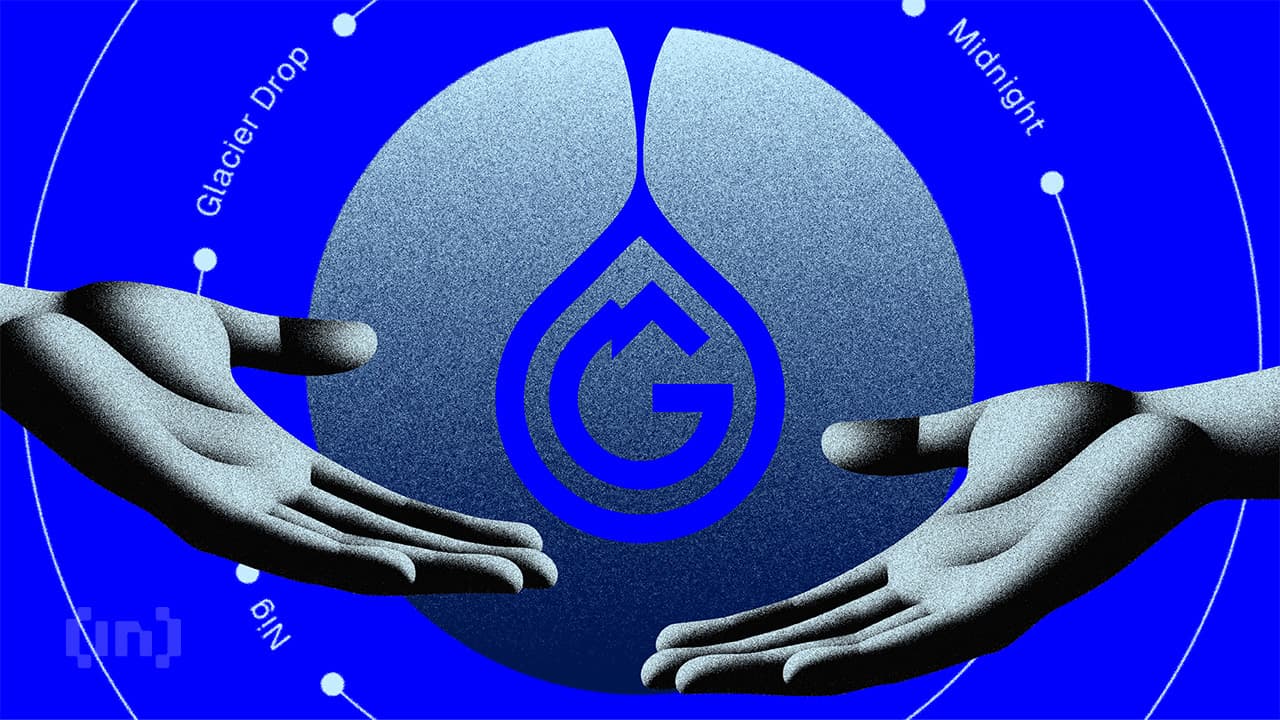Latest Crypto News
Trending now

Binance Invests $53M to Deepen Mexico Presence
- Binance invests $53M in Mexico, launching Medá to provide peso-based financial services.
- Medá operates independently under local regulations, aiming to enhance competition in Mexico’s fintech sector.
- Binance expands Latin American presence while strengthening compliance, education, and financial inclusion efforts.

COCA 2.0 Is Live: Self-Custodial Banking App Powered By Stablecoins
COCA, the self-custodial banking app powered by stablecoins and trusted by over 1 million users, launches COCA 2.0 – a major upgrade that makes stablecoins more accessible for everyday use. Beyond simple storage or trading, the new release unlocks real utility with expanded functions, richer rewards, and greater control in one powerful app. How COCA … Continued

Real Vision CEO Raoul Pal Predicts 4B Crypto Users by 2030, $100T Market Cap by 2034
- Real Vision CEO Raoul Pal expects global crypto adoption to reach 4 billion users by 2030, matching the pace of the internet’s rise.
- He projects the industry’s market capitalization could surge from $4 trillion today to $100 trillion by 2034, driven by long-term structural forces.
- Pal highlights adoption and global currency debasement as the two major drivers, echoing other bullish forecasts from Citigroup, ARK Invest, and Coinbase.

FY Energy Launches Future-Proof Blockchain Green Energy Mining Contracts, Bringing Each Investors into the Daily Passive Income
The world is transitioning into a new realm of digital asset creation, FY Energy is driving the change with her innovative solution. The company, through the use of blockchain technology combined with renewable energy infrastructure, offers a user-friendly solution for people to become part of the digital economy while still meeting their ecological objectives. While … Continued

Best Regulated Crypto Platforms in the US (2025)
According to some publicly available data, there are over 30,000 Bitcoin ATMs installed across almost all US states, and both the number of crypto users and the range of use cases in the country continue to grow significantly. Also, an essential part of this ecosystem are the crypto trading platforms regulated by US authorities, which serve as one of the primary legal gateways connecting people with the crypto industry.
In this article, you’ll discover the best regulated crypto platforms in the US, compare their core features, and learn how to choose the right exchange for your trading needs.

XCN Price Could Mirror Past Fractal for 100% Rally If One Signal Holds
- XCN price has dropped 33% in three months but remains up over 700% year-on-year, keeping traders alert for bullish setups.
- Whales added 120 million tokens worth $1.27 million as prices dipped, signaling early positioning for a possible rebound.
- A recurring bullish divergence could spark a 100% rally, though confirmation above key resistance is critical for momentum.

MemeCore Rockets 40% in a Day; Eyes Return To All-Time High
- MemeCore surges 40% in 24 hours to $0.87, topping the market with strong bullish momentum and positive investor sentiment.
- Trading well above its Super Trend support at $0.47, M shows buyers in control with potential to revisit its $1.13 all-time high.
- Sustained demand could drive a breakout, though profit-taking risks may trigger a pullback toward $0.71 if momentum weakens.
Why Forbes Doesn’t Count Satoshi Nakamoto as a Billionaire—And Why That Matters
- Despite holding $121 billion in Bitcoin, Satoshi Nakamoto is excluded from Forbes’ billionaire list due to anonymity and lack of verifiable identity.
- Critics argue Forbes clings to outdated TradFi rules, while blockchain wealth is fully transparent—yet ignored without names or paperwork.
- Experts warn Forbes risks irrelevance as wealth shifts on-chain, with proposals for lists of top wallets to reflect pseudonymous digital fortunes.

Bitget to Transfer 440 Million BGB to Morph Foundation, Accelerating BGB as Gas and Governance Token of Morph Chain
Bitget, the leading cryptocurrency exchange and Web3 company, is excited to share its strategic collaboration with its trusted ecosystem project Morph, the EVM layer for payments and onchain consumer finance. The duo has signed up to boost BGB’s utility across a multitude of projects. With this partnership, Bitget will transfer all BGB tokens that it … Continued

Ongoing BTC Correction is “Healthy”, On-Chain Data Shows
- On-chain data analysis suggests Bitcoin's recent 12% price drop is a healthy, normal correction.
- The current correction is not a sign of the bull market ending but a de-leveraging event.
- Bitcoin is likely in an oversold state, with upward momentum expected if it surpasses the $111,000 mark.




